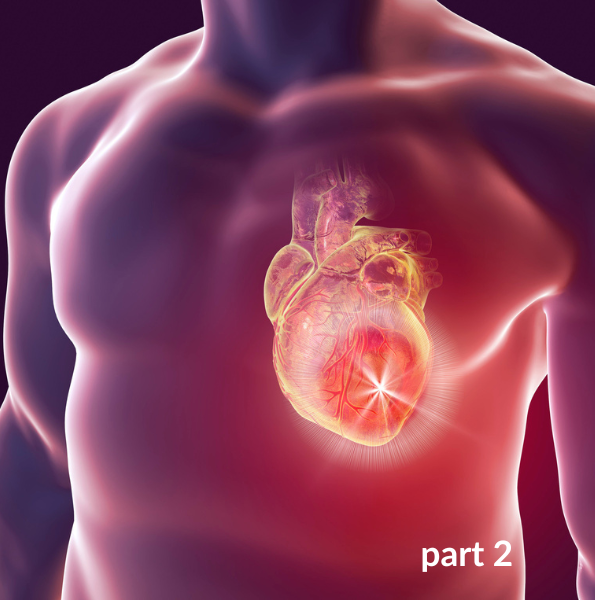
Brad King
In the realm of cardiovascular health, the winds of change are reshaping our understanding of heart disease risk factors. Traditionally, high levels of low-density lipoprotein (LDL) cholesterol were considered the primary villain in the narrative of cardiovascular disease. However, recent research has begun to draw the curtain back on a more complex scene, revealing actors that play roles equally, if not more, critical in the development of heart disease: insulin resistance, C-reactive protein (CRP), and the nuanced world of LDL particle size.
The Unseen Culprits: Insulin Resistance and CRP
Insulin resistance, a condition where cells in muscles, fat, and the liver start resisting the signals insulin sends out to use glucose for energy, has been identified as a common pathogenic factor in cardiovascular diseases. The work of Egan et al. (2001) underscores the significance of high insulin levels as a harbinger of cardiovascular ailments, marking a shift from the singular focus on cholesterol.
Complementing this perspective is the role of CRP, a protein whose levels in the plasma remain stable and have been closely linked to the development of cardiovascular diseases (Cardoso & Paulos, 2017). Unlike the transient villains in our body's biochemical saga, CRP's stability makes it a reliable marker for the inflammation that underpins heart disease risk.
Challenging the Cholesterol Orthodoxy
Yao et al. (2022) have contributed to the growing body of evidence suggesting that high levels of LDL cholesterol may not be the unequivocal risk factor it was once thought to be. The presence of small, dense LDL particles—phenotype B—emerges as a more ominous sign, associated with a lipid profile that escalates the risk of cardiovascular diseases (Selby et al., 1993; Hirano et al., 2003).
The shift in focus towards the composition and size of LDL particles, rather than their mere presence, offers a refined lens through which to view cardiovascular risk. Studies have demonstrated that smaller LDL particles are more strongly associated with coronary heart disease than their larger counterparts (Haffner et al., 1995; Williams et al., 2003).
A Holistic Approach to Heart Health: The Natural Allies
In navigating the complex terrain of heart disease risk, embracing a multifaceted strategy is paramount. This includes not just traditional lifestyle interventions but also the incorporation of research-proven supplements that support heart health:
Nattokinase: A powerful enzyme from natto that supports blood circulation and may help in dissolving blood clots, addressing the risks associated with impaired blood flow.
Cayenne: With capsaicin as its fiery heart, cayenne pepper boosts metabolism and blood circulation, potentially safeguarding against the silent threat of heart disease.
Molecularly Distilled Fish Oils: These oils, rich in omega-3 fatty acids, are a beacon of hope in reducing inflammation and triglyceride levels, pivotal in cardiovascular health.
Tocotrienols: Members of the vitamin E family, these compounds wield their antioxidant powers to protect against arterial blockages, offering a shield against the oxidative stress tied to heart disease.
Humic and Fulvic Acid: These natural compounds enhance cellular health and nutrient absorption, playing a crucial role in supporting the body's overall wellbeing, including heart health.
Redefining Heart Health: Beyond Traditional Metrics
The journey toward understanding and mitigating heart disease risk is evolving, with insulin resistance, CRP levels, and the intricacies of LDL particle size emerging as critical factors. This nuanced understanding encourages a comprehensive approach, integrating lifestyle changes, dietary adjustments, and the strategic use of supplements to support heart health.
In conclusion, while LDL cholesterol has long been a focus in the fight against heart disease, it's clear that a broader, more holistic view is necessary. By acknowledging and addressing the myriad factors that contribute to cardiovascular risk, we empower ourselves with the knowledge and tools needed for a heart-healthy future.